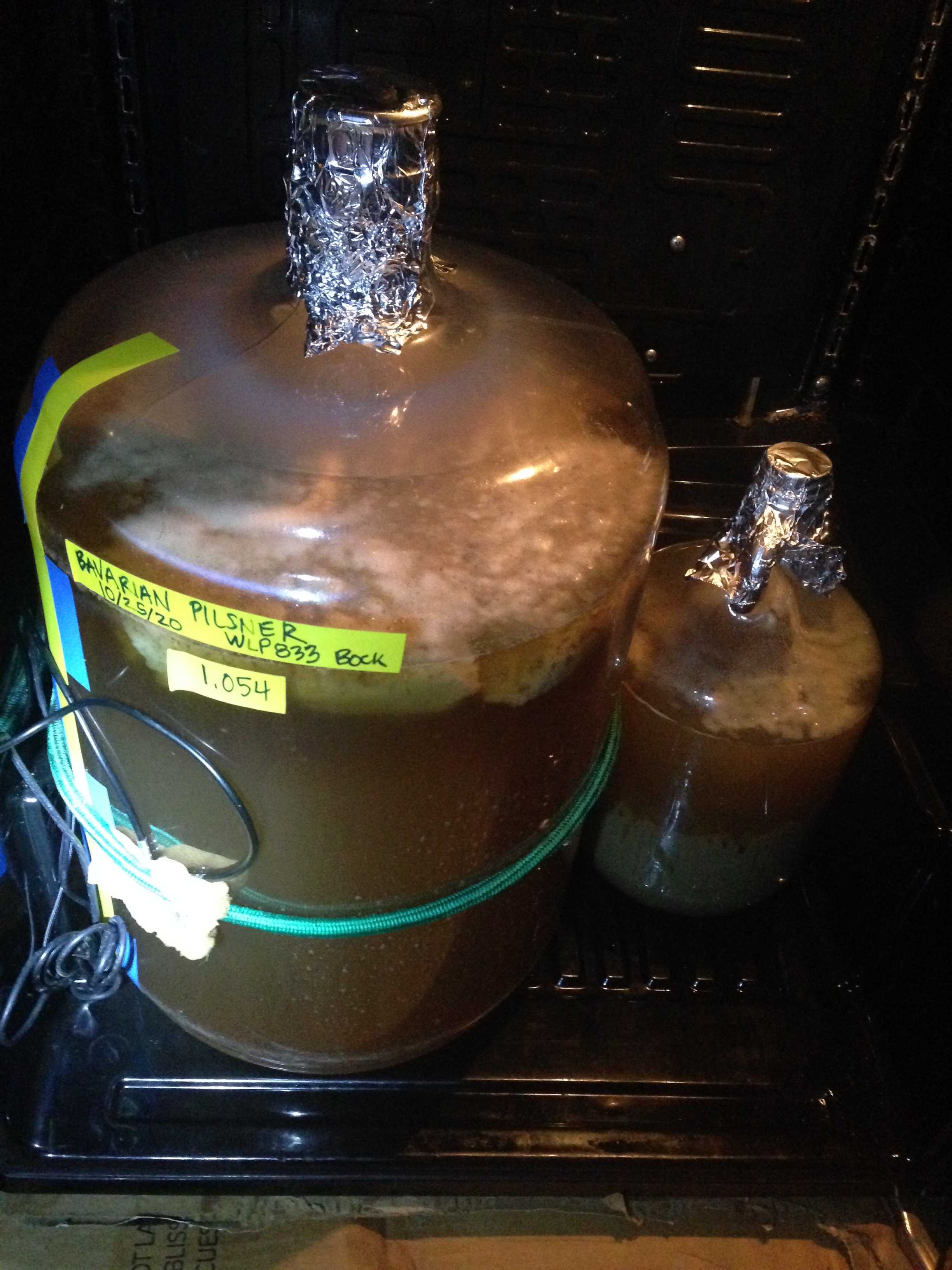How do you maintain steady temp with this method? I’m assuming you would have to use a thermowell for this?
The goal in my brewery is just good beer. My fermentation temps need to be steady enough to not produce off flavors. In my brewery that means I only need to keep my ale yeast from spiking above 66ish for the first few days when fermentation is most active. My ambient is ~69F so the first few days is really the only time I need to worry about it. After the first few days, ambient of 68-72F is not a concern in my brewery.
So, a water bath with an ice pack dropped in once or twice a day for the first 3 days is plenty of cooling power to not let my fermentation temp get to a point it’s going to be harmful....at least in my brewery.
To each their own...I think ferm chambers are awesome and if OP gets one and it makes a difference then he should keep it. If it turns out his ambient just needs a little help with a water bath then maybe his ferm chamber can become. Keezer helped the beer in my brewery a lot more then the ferm chamber.
Just my 2 cents...brew on!
















![Craft A Brew - Safale S-04 Dry Yeast - Fermentis - English Ale Dry Yeast - For English and American Ales and Hard Apple Ciders - Ingredients for Home Brewing - Beer Making Supplies - [1 Pack]](https://m.media-amazon.com/images/I/41fVGNh6JfL._SL500_.jpg)








































